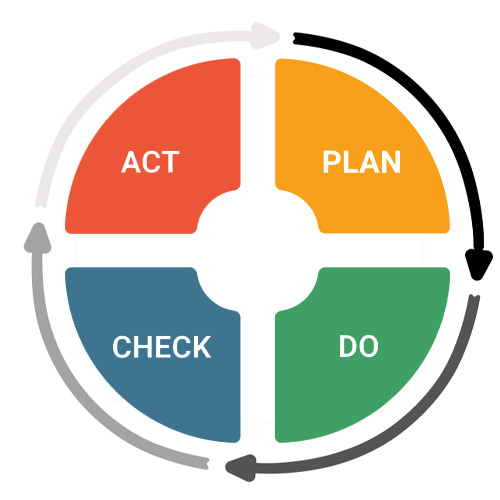
Use data analysis to inform actionable insights
2nd July 2020
We all know that the internet provides us with an abundance of information. All readily available at our fingertips. We want to explore with you how you can utilise this data to develop your business. Combining both online and offline data to ensure you achieve maximum results.
Why is data analysis important?
Data analysis should be an integral part of your business strategy. The better you understand your customer, the more targeted your marketing efforts can be. It’s key to have a targeted strategy to get in front of the right consumers and turns those leads into converted and loyal customers. A good way to do this is to break down your digital data into groups.
What are the two main types of analysis?
There are 2 main types of data analysis – quantitative and qualitative data. The right approach for you depends on what information is most relevant to your business offering.
Quantitative data is classed as anything that can be measured. Such as the number of visitors to your website. Or the number of sales you make within a month. This data can easily be pulled from Google Analytics. Another great way to pull together this data is from the insights section most social media platforms provide.
Qualitative data is descriptive information. What we mean by that is you can’t put a number to it. For example, customer opinions or the language used when they talk about your brand/product/service. This is easily gathered through online surveys or customer reviews/testimonials.
How do I convert data into insights?
Knowing what to measure and collating your data is half the battle. But once you have gathered this you need to know how to interpret it. So, how do we define an insight? Simply put, it’s analysing why something has happened. These insights help to determine what actions to take that focus on your business goals. Allowing you to refine and improve what you’re doing. A popular way to proceed through these next steps is by following the data cycle. Try following these steps to find your own actionable insights.
Plan – As with any campaign you need to start with your goals. Identify your goal and map out what stages you are going to take to solve or change a process/problem. Make sure that this goal is attainable otherwise it won’t work.
Do – Now you need to test your proposed solution. Go through the steps you mapped out in the planning phase. Ideally, you want to test out your hypothesis in a controlled environment. Allowing you to evaluate the results without interrupting your whole business model. This brings us on to the next step.
Check – Once your pre-determined timeframe is up, it’s time to review and analyse the data. Time to find out if your plan worked. And it’s okay if it didn’t! If you encountered hiccups now is the time to revise that first plan. Ask yourself what could be improved in future iterations. Take your first plan and revise it.
Act – When all goes according to plan you can implement your plan across the board. Consider what resources you may need to implement at full scale. As well as any training you may need to supply for a successful application.
To Sum Up
When it comes to your business scenario, think about how you can apply data to inform your decisions. How could the data cycle support you in optimising future marketing campaigns? Website analytics can offer a host of information from who is visiting your website to where they came from. But while collecting data is important, knowing what to do with this information is what can truly add value to a business.



